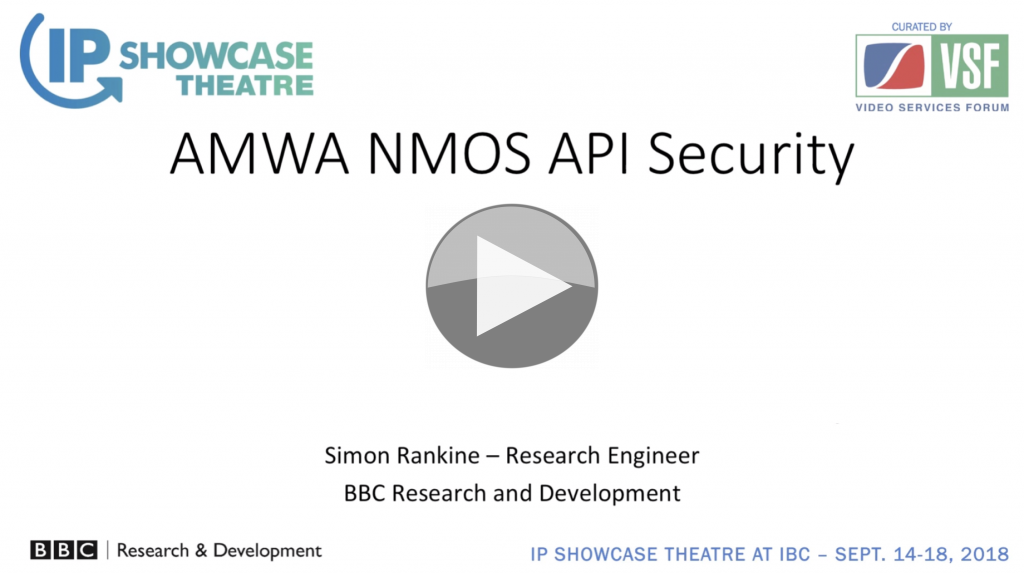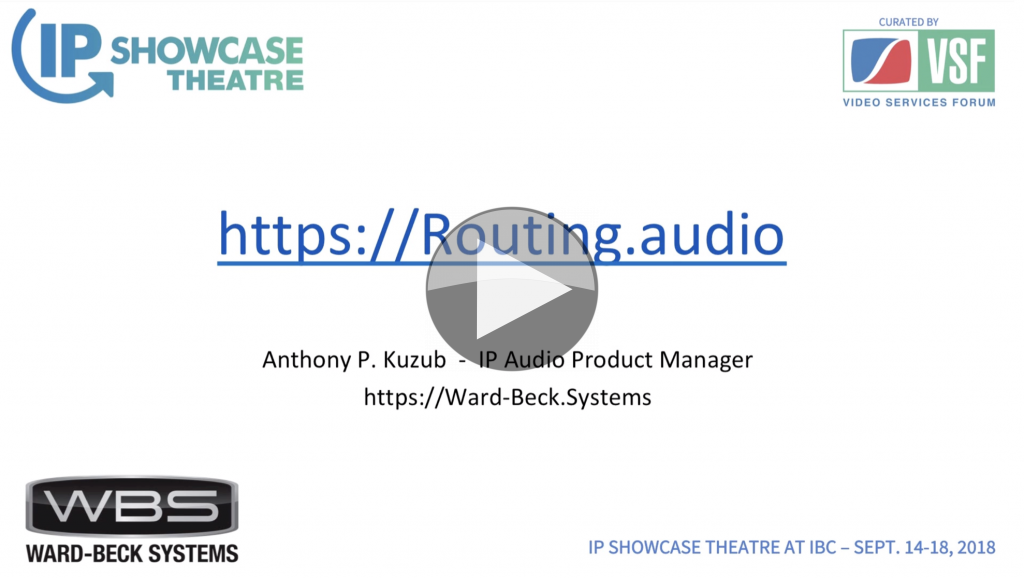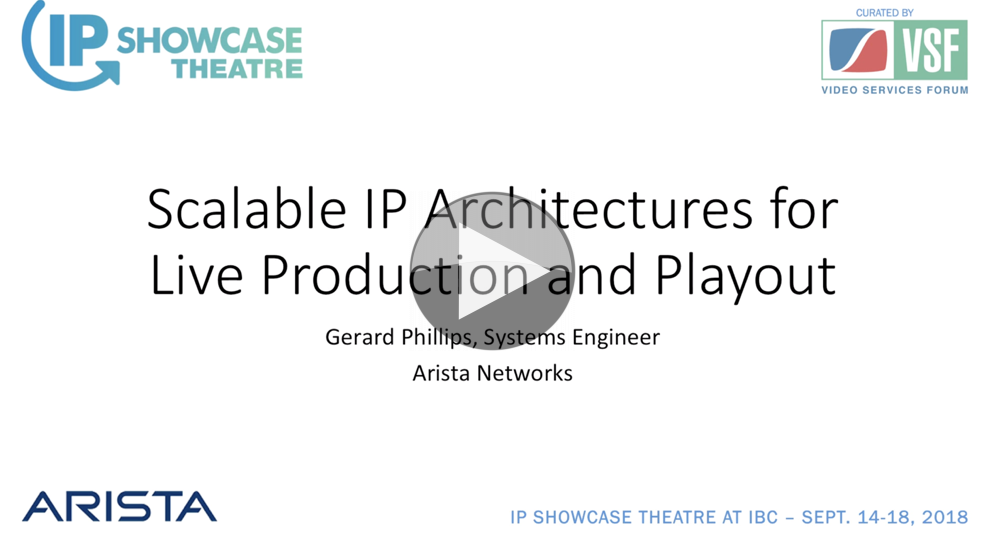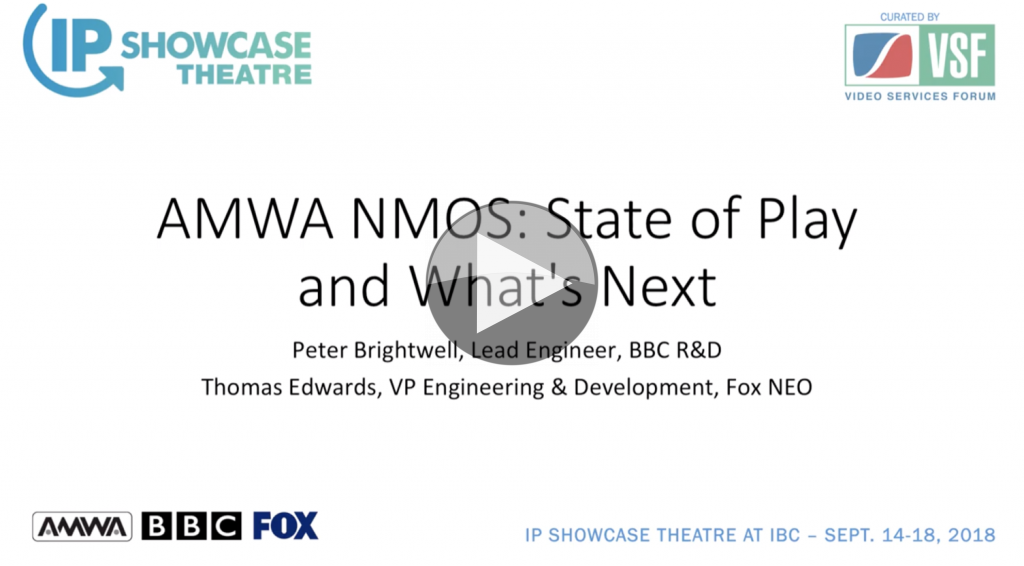The still-growing NMOS suite of specifications from AMWA defines ways in which your IP network can find and register new devices plugged in to it (e.g. camera, microphone etc.), manage their connections and control them. They fit neatly along side the SMPTE ST 2110 suite of standards which define the way that the essences (video, audio, metadata) are sent over networks intended for professional media.
As such, they are core to a network and as the market for uncompressed media products matures, the attention is on the details such as whether they scale and security.
In this talk, Simon Rankine from BBC R&D starts by explaining the objectives which means looking at the different aspects of security which is split into three; securing data transfer, ensuring data goes to the right place, ensuring only authorised people can act.
TLS, standing for Transport Layer Security, is the same protocol used for secure websites; those which start with https://. It is also referred to by the name of the protocol it replaced, SSL. Given the NMOS APIs are sent over HTTP, TLS is a perfect match for the use case. TLS provides not only the ability to encrypt the connection but also provides the basis for certificate exchange which allows us trust that the data is being sent to the right place. Simon then covers ciphers and TLS versions before talking about certificate management.
This talk was given at the IP Showcase at NAB 2019.
Speaker
 |
Simon Rankine Research Engineer, BBC R&D |









